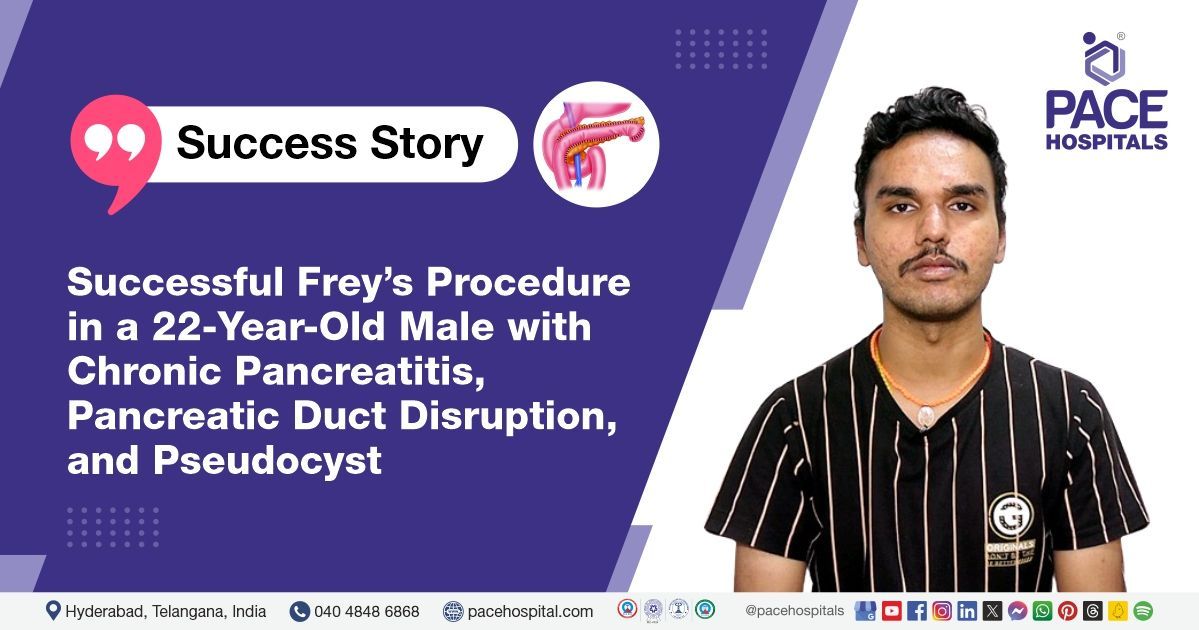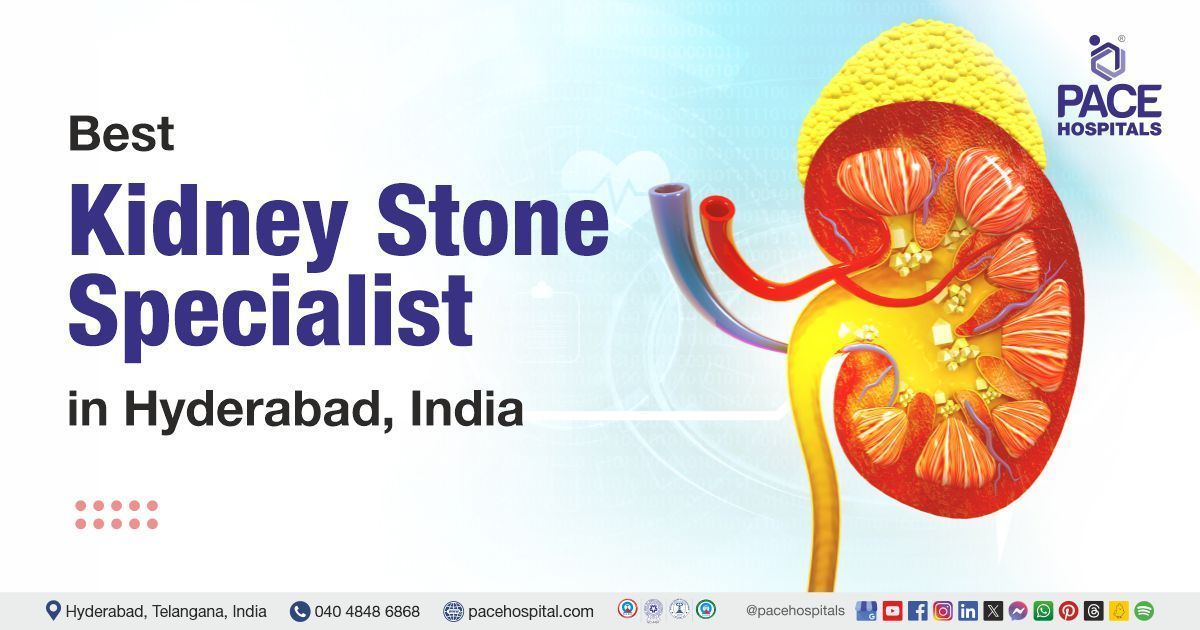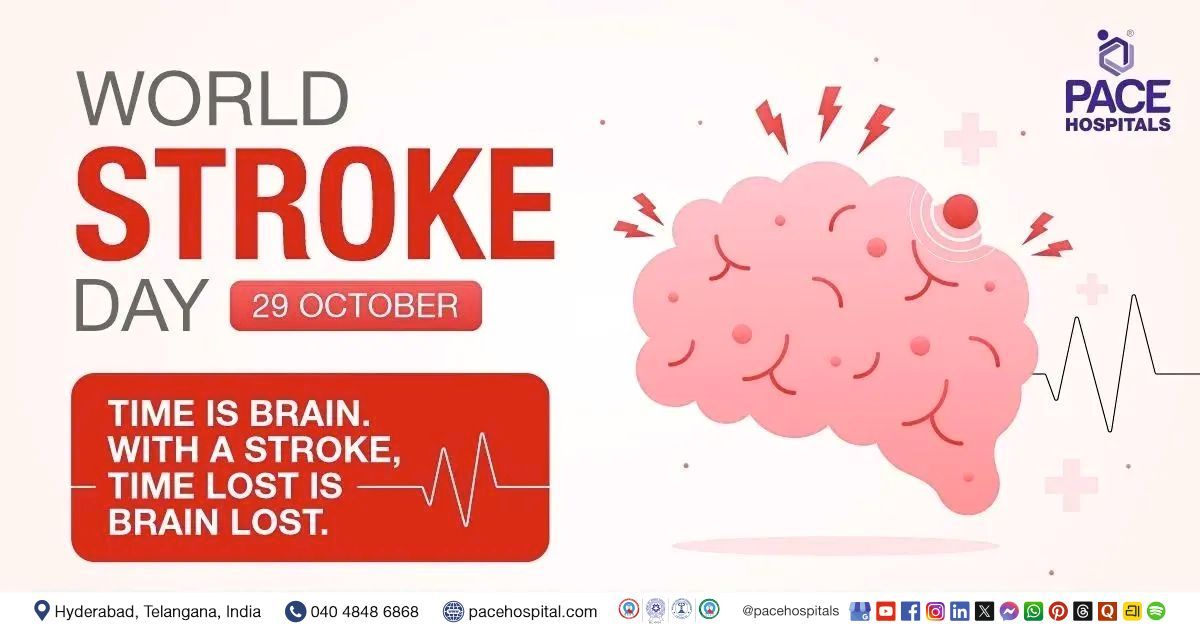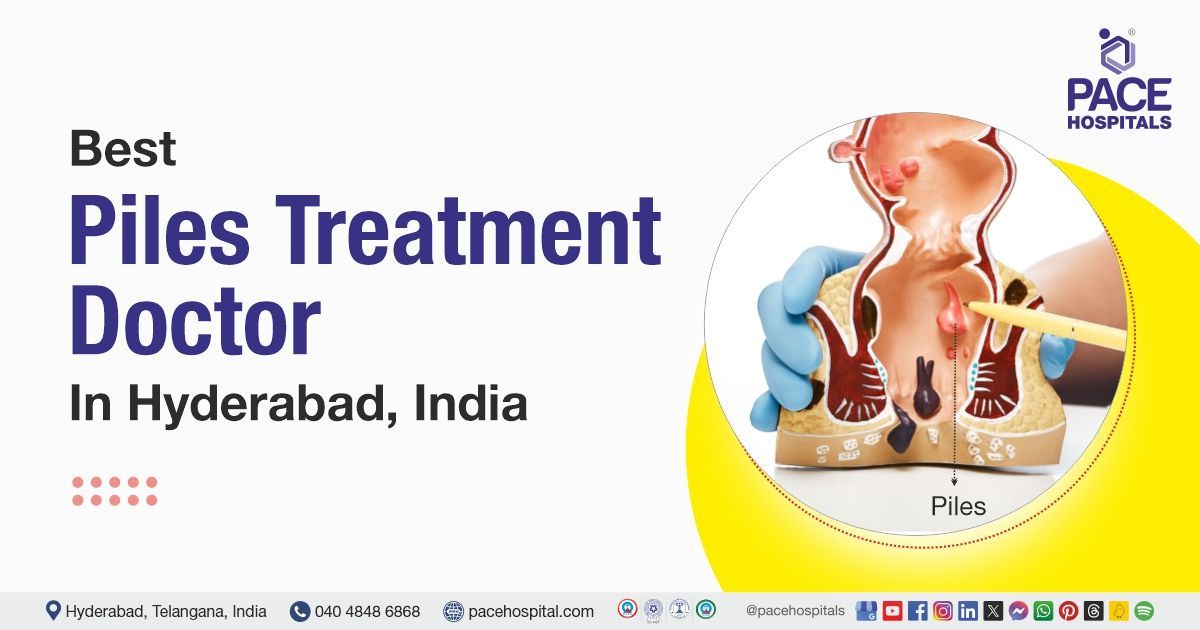Successful Frey’s Procedure in a Young Male with Severe Chronic Pancreatitis
PACE Hospitals' Gastroenterology team successfully performed a Frey's procedure on a 22-year-old male with chronic pancreatitis with Pancreatic duct (PD) disruption and pseudocyst.
A 22-year-old male patient with complaints of recurrent pain in the abdomen since childhood was presented at PACE Hospitals, Hitech City, Hyderabad.
Medical History
Delving deeper, it was understood that the patient had been suffering from recurrent pain in the abdomen since childhood. He underwent a Contrast Enhanced Computed Tomography (CECT) abdomen suggestive of chronic calcific pancreatitis with exophytic Walled-Off Pancreatic Necrosis (WOPN) arising from the proximal body of the pancreas with proximal Main Pancreatic Duct (MPD) communication. He also underwent Magnetic Resonance Cholangiopancreatography (MRCP) suggestive of chronic calcific pancreatitis with a pseudocyst, which led to his admission to the PACE Hospitals for additional care and management.
Diagnosis
Upon being admitted to PACE Hospitals and after a thorough history and physical examination, as well as evaluation of diagnostic investigations, the patient was diagnosed with chronic pancreatitis associated with Pancreatic duct (PD) disruption and pseudocyst.
The patient has been diagnosed with chronic pancreatitis, which is a chronic inflammatory condition that causes irreversible damage to pancreatic tissue and disrupts exocrine and endocrine functioning, leading to symptoms like pancreatic insufficiency, steatorrhea, and weight loss.
Treatment
After consultation with the consultant surgical gastroenterologist, and liver transplant surgeon - Dr. Suresh Kumar S, it was determined that Frey’s procedure was the most effective method of treating the patient.
Frey's procedure is a surgical approach for treating chronic pancreatitis that involves removing damaged pancreatic head portions while leaving the common bile duct and duodenum the same. The goal is to decompress the pancreatic ductal system and enhance pancreatic head drainage.
Procedure
After the necessary investigations were done and clearances were obtained, Frey’s procedure was performed on the patient. The surgeon noticed that the patient's pancreas was damaged and softer than normal, with a disruption in its proximal part. This injury caused the formation of a 4x5 cm pseudocyst (a fluid-filled sac). Furthermore, there were several stones (calculi) in the pancreas and the major pancreatic duct (MPD), which could restrict or obstruct the flow of pancreatic secretions. The MPD was also broader than usual (6 mm), indicating a degree of obstruction or disruption. These findings explained the patient's persistent pain and problems from chronic pancreatitis.
Aftermath
The post-operative period was uneventful. The patient was given intravenous antibiotics, proton pump inhibitors, analgesics, IV fluids, and other supportive medication to manage any immediate post-operative needs.
Post-surgery, the patient was initiated on a liquid diet on post-operative day (POD 2). He underwent ultrasound sonography (USG) screening on post-operative day 6, which showed no collection, and the drain was removed. The patient was discharged in a hemodynamically stable condition and by providing him enough information about drug usage and disease management.
While discharging, he was prescribed proton pump inhibitors, opioid analgesics, laxatives, non-steroidal anti-inflammatory drugs, and digestive enzymes and advised to take wound care.
The patient was also instructed to contact PACE Hospitals' emergency room/ causality at once in case of fever, abdomen pain, and vomiting.
After one week, the patient was asked to get a review by Dr. Suresh Kumar S about the status.
Benefits of the FREY’s Procedure in Chronic Pancreatitis
The Frey’s procedure is gradually being recognized as an effective surgical option for individuals with chronic pancreatitis, particularly in comparison to other surgical procedures.
One of the most important benefits of the Frey procedure is its high rate of pain reduction. According to studies, up to 92% of patients get significant pain relief after the procedure, which is significantly greater than outcomes linked with alternative surgical options such as pancreatoduodenectomy (PD) or the Puestow method.
Unlike more complex procedures, such as pancreatoduodenectomy (PD), which frequently results in substantial endocrine and exocrine dysfunction, the Frey technique is meant to preserve pancreatic function. In general, the Frey procedure has fewer complications than other surgical approaches. According to studies, major complications occur in about 11.5% of cases, which is much lower than the complication rates associated with pancreatoduodenectomy, which frequently exceeds 20%. Furthermore, the typical hospital stay following a Frey surgery averages around seven days, illustrating its less invasive nature and faster recovery time compared to more extensive surgeries.
Share on
Request an appointment
Fill in the appointment form or call us instantly to book a confirmed appointment with our super specialist at 04048486868











